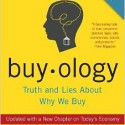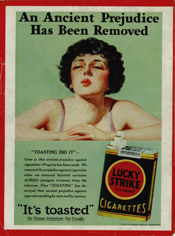Course Reflection
With the group project finished and handed in, I can say with certainty that I am very satisfied with how our video ended up. I think we all are quite fond of our video, and rightly so, since we spent quite a bit of time and effort on it. It also helped that we were able to find some amusement from thinking up puns to include in the video. I feel that we did a good job of managing our time so that we weren’t rushed at the end. Hearing my recorded voice was a bit awkward, especially once it was slowed down, but I like the video nonetheless. Yahel and Dina did a great job with the video editing and sound selection; I’m really impressed with how well they pieced our script with the visuals. Also, I love the ending song.
As for Assignment #1 and #2, I think we put in a good effort. A few of our members were upset over the marking for those assignments, but I think the evaluations were fair for this class and I’m content with how we performed. Perhaps if we were to do this again we’d add more detail about the target market and change our positioning statement for Assignment #2. I also do wish the work was more fairly distributed, since I felt that Arslan and Mickdad didn’t get as engaged into the work as the rest of our group did.
Overall, I liked my group and my project. Westjet was a fun company to analyze, and my teammates were interesting and diversely talented individuals. The class itself was also engaging – I enjoyed the use of videos to illustrate different marketing ideas, and Professor Silva’s cold calling made class discussion entertaining. One day, I think I will look at this course with fond memories as my introduction to Marketing.
Image source: newswire.ca









